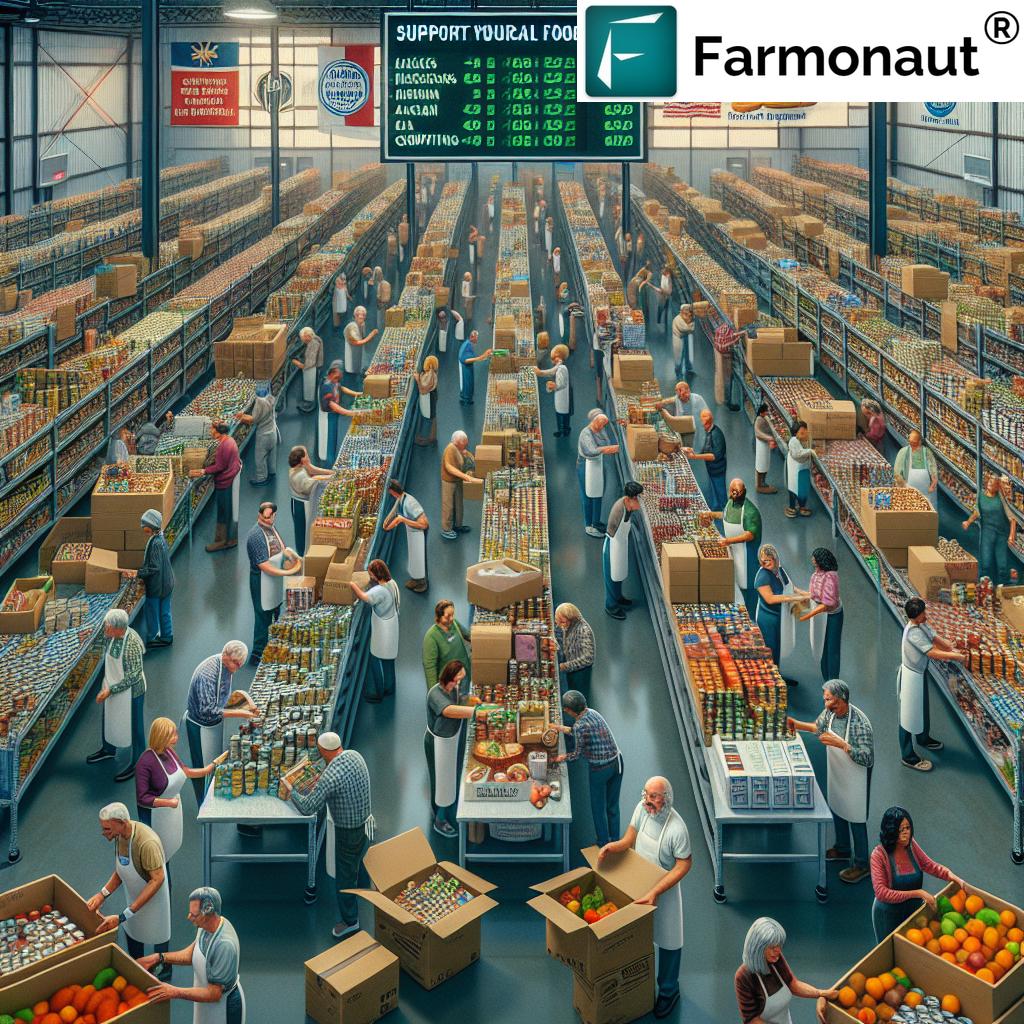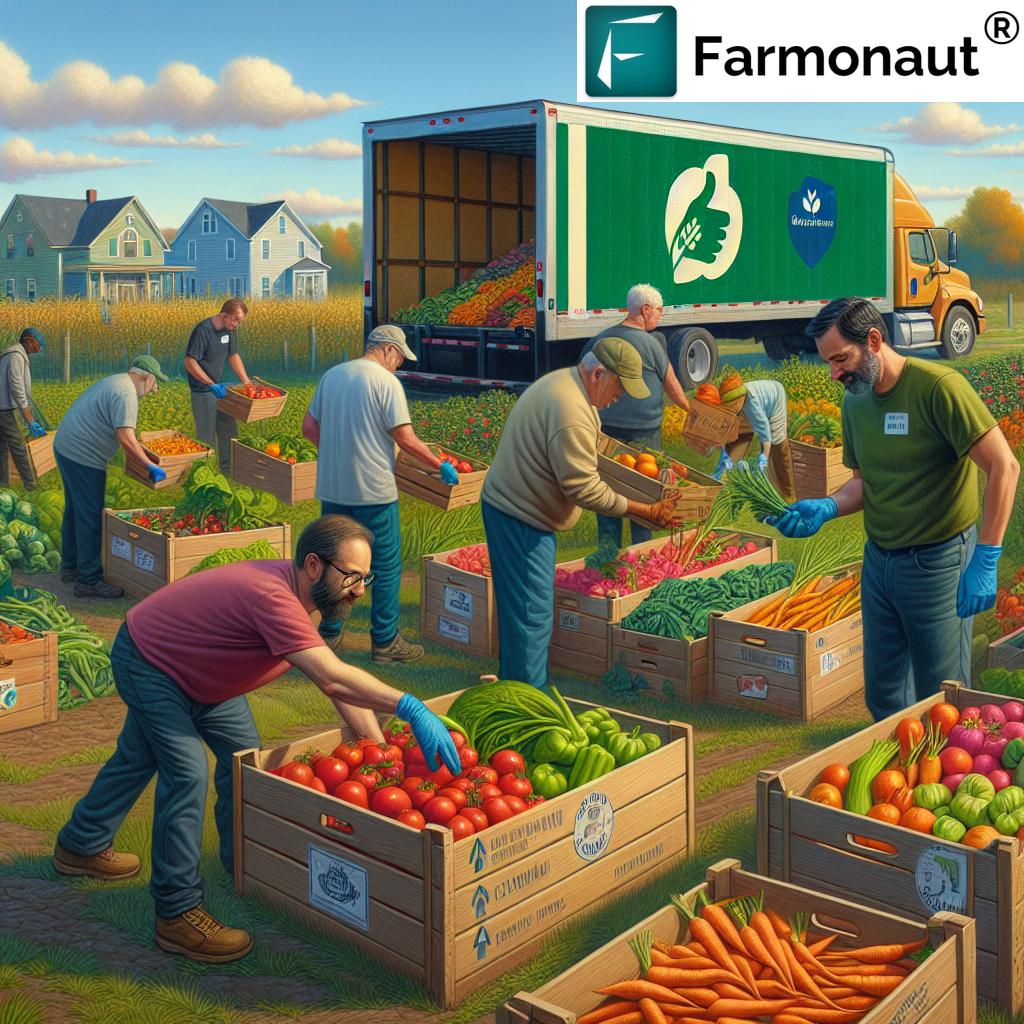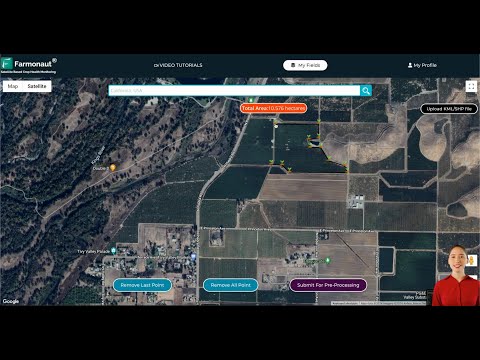Michigan Food Banks Face Crisis: How You Can Support Local Hunger Relief Efforts
“Michigan food banks face crisis as USDA shipments freeze, impacting distribution centers serving thousands of hungry residents.”
We are witnessing a critical moment for food banks in Michigan and across the country. As the U.S. Department of Agriculture (USDA) has frozen shipments of hundreds of thousands of pounds of food, local food distribution centers and soup kitchens are grappling with unprecedented challenges. This crisis comes at a time when rising food costs and the end of pandemic-era assistance programs are already straining community food support systems.
In this comprehensive article, we’ll explore the impact of these challenges on food banks, their strategies for overcoming the shortfall, and how individuals can contribute to their local food bank support. We’ll also delve into innovative approaches being taken to address food insecurity and discover ways for you to get involved in this critical community effort.
The Current Crisis: Understanding the Impact
The decision by the USDA to freeze food shipments has already begun to affect local food distribution centers like the East Side Soup Kitchen in Saginaw. These organizations rely heavily on shipments from larger food banks, such as the Food Bank of Eastern Michigan.
Diane Keenan, executive director of the East Side Soup Kitchen, explains the severity of the situation: “Food Bank of Eastern Michigan supplies us with a semi-load of food, usually on a monthly basis, and that semi has about 20,000 pounds of food on it.”
With the loss of federal shipments, food banks must now turn to alternative sources to keep up with demand. This includes increasing their reliance on local donations, seeking additional state support, and ramping up fundraising efforts.

The Ripple Effect: Beyond Food Banks
The USDA freeze is part of a nationwide funding pause affecting food banks across the country. This crisis extends beyond just the food banks themselves, impacting a wide range of organizations that rely on these resources to serve their communities.
Local soup kitchens, food pantries, and other food assistance programs are all feeling the strain. Many of these organizations are already dealing with increased demand due to the end of pandemic-era assistance programs and rising food costs, making it even harder to keep shelves stocked and meals served.
Community Response: Stepping Up to Fill the Gap
In the face of these challenges, community organizations are stepping up to help fill the gap. For example, Saginaw’s Moose Lodge 82 has taken action to support the East Side Soup Kitchen.
Steven Root, President of Moose Lodge 82, shared their efforts: “We donated a whole van full of food this month. So, we want to keep doing it. We will have another one in about four months, for them to help them out.”
According to Keenan, the Moose Lodge contributed more than $4,000 to the East Side Soup Kitchen, as well as over 200 pounds of food. While these efforts are crucial and appreciated, food banks emphasize that more support is needed to meet the growing demand.
The Role of Technology in Addressing Food Insecurity
As we face these challenges, it’s important to consider how technology can play a role in addressing food insecurity. While not directly related to food banks, innovative agricultural solutions can help increase food production and reduce waste, ultimately contributing to a more stable food supply.
For instance, crop plantation and forest advisory services use advanced satellite technology to help farmers optimize their yields. By providing real-time data on crop health and soil conditions, these services can help increase food production and reduce the strain on food assistance programs.
How You Can Support Local Hunger Relief Efforts
There are many ways individuals can contribute to their local food bank support. Here’s a comparison of different support methods:
| Support Method | Time Commitment | Financial Commitment | Impact Level |
|---|---|---|---|
| Monetary Donation | Low | High | High |
| Food Donation | Medium | Medium | Medium |
| Volunteer Hours | High | Low | High |
| Fundraising Event Organization | High | Medium | High |
| Advocacy/Awareness Campaigns | Medium | Low | Medium |
Monetary Donations: A Powerful Way to Help
One of the most effective ways to support food banks is through monetary donations. Cash contributions allow food banks to purchase exactly what they need, often at wholesale prices, stretching your donation further than you might think.
To donate to food banks in Michigan, you can visit their websites or contact them directly. For example, those looking to support the East Side Soup Kitchen can visit their website or contact them at 989-755-3663.
Food Donations: Every Can Counts
While monetary donations are highly effective, food donations are also crucial. Many food banks and soup kitchens accept non-perishable food items. When donating food, consider items that are:
- High in protein (canned meats, beans)
- Nutrient-dense (canned fruits and vegetables)
- Shelf-stable (rice, pasta, cereals)
- Easy to prepare (soups, peanut butter)
“Rising food costs and end of pandemic-era assistance programs strain community food support systems, affecting millions nationwide.”
Volunteering: Giving Your Time
Volunteering is another valuable way to support food banks and soup kitchens. Many organizations rely heavily on volunteers to sort donations, pack food boxes, serve meals, and assist with distribution.
Volunteering not only helps these organizations operate efficiently but also provides a firsthand understanding of the impact of food insecurity in your community. It’s a rewarding experience that directly contributes to hunger relief efforts.
Fundraising: Amplifying Your Impact
Organizing fundraising events can significantly boost support for food banks. These events not only raise money but also increase awareness about food insecurity in your community. Some fundraising ideas include:
- Virtual food drives
- Charity runs or walks
- Bake sales or cook-offs
- Auctions or raffles
Remember to coordinate with your local food bank when planning these events to ensure they align with the organization’s needs and guidelines.
Advocacy: Raising Your Voice
Advocacy is a powerful tool in the fight against hunger. By raising awareness about food insecurity and the challenges facing food banks, you can help drive policy changes and increase support at local, state, and national levels.
Consider these advocacy actions:
- Contact your local representatives about food assistance programs
- Share information about food insecurity on social media
- Participate in letter-writing campaigns to support food bank funding
- Attend community meetings to voice support for hunger relief efforts
The Role of Technology in Food Bank Operations
As food banks face increasing challenges, many are turning to technology to streamline their operations and increase efficiency. While not directly related to food bank operations, some agricultural technologies can indirectly support food security efforts.
For example, fleet management solutions can help food banks optimize their distribution routes, ensuring that food reaches those in need as quickly and efficiently as possible. These systems can help reduce fuel costs and increase the number of deliveries made in a day.

The Importance of Sustainable Agriculture
While immediate support for food banks is crucial, addressing long-term food security also involves promoting sustainable agricultural practices. Technologies that help farmers increase yields while reducing environmental impact can contribute to a more stable food supply.
For instance, carbon footprinting tools can help farmers monitor and reduce their environmental impact, ensuring that agricultural practices remain sustainable in the long term. This indirectly supports food security by promoting resilient farming systems.
The Future of Food Banks: Challenges and Opportunities
As we look to the future, food banks will likely continue to face challenges. However, there are also opportunities for innovation and improvement in how we address food insecurity.
Some potential areas for development include:
- Improved distribution systems to reduce food waste
- Greater collaboration between food banks and local farmers
- Increased use of data analytics to predict and respond to food insecurity trends
- Development of more sustainable funding models for food assistance programs
Conclusion: A Call to Action
The crisis facing food banks in Michigan and across the country requires a collective response. Whether through donations, volunteering, advocacy, or innovative solutions, each of us has a role to play in supporting our local hunger relief efforts.
We encourage you to reach out to your local food bank or soup kitchen to learn more about how you can help. Together, we can work towards a future where no one in our community goes hungry.
FAQ Section
Q: How can I find a food bank near me?
A: You can use online directories provided by organizations like Feeding America or contact your local government office for information on nearby food banks.
Q: What items do food banks need most?
A: Food banks often need non-perishable items like canned goods, pasta, rice, and peanut butter. However, it’s best to check with your local food bank for their specific needs.
Q: Can I volunteer at a food bank?
A: Yes, most food banks welcome volunteers. Contact your local food bank to inquire about volunteer opportunities and requirements.
Q: How do food banks use monetary donations?
A: Monetary donations allow food banks to purchase food in bulk at discounted rates, cover operational costs, and respond flexibly to changing needs.
Q: Are donations to food banks tax-deductible?
A: In most cases, yes. Food banks are typically registered as non-profit organizations, making donations tax-deductible. Always check with the specific organization and consult a tax professional.
Earn With Farmonaut: Affiliate Program
Earn 20% recurring commission with Farmonaut’s affiliate program by sharing your promo code and helping farmers save 10%. Onboard 10 Elite farmers monthly to earn a minimum of $148,000 annually—start now and grow your income!
For developers interested in integrating agricultural data into their applications, check out Farmonaut’s API and API Developer Docs.







